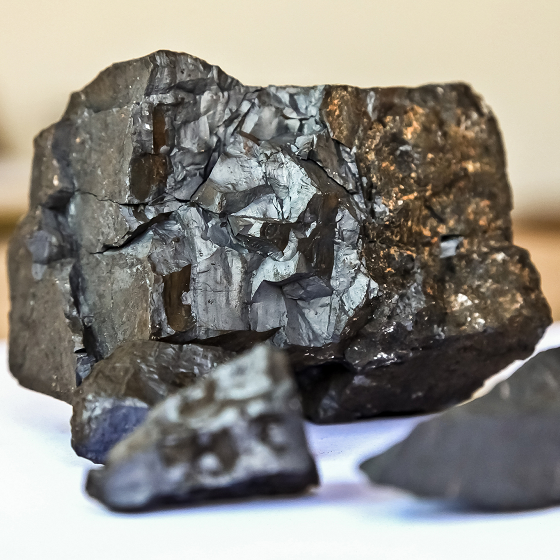
Manganese
A naturally occurring mineral, manganese is present in soil, rocks and sediment. It is essential to human health and found in many common grains and vegetables but in water, it is generally regarded as a concern in concentrations of a little as 0.5 mg/l.
In deep water wells, manganese can be found in concentrations as high as 2 to 3 mg/l although this is not a common occurrence.
Manganese often exists with iron and in concentrations of as little as 0.05mg/l, it can cause black and brown staining on bathroom and kitchen fittings, laundry and in appliances such as dishwashers. Their presence can affect the flavour and colour of food and water, leaving an unappealing black film on beverages and this is sometimes accompanied by an unpleasant rotten egg smell caused by the presence of hydrogen sulphide.
What's more, iron and manganese deposits can build up in pipes, tanks, water heaters and water softeners, reducing the available volume and pressure of the water supply. This, in turn, results in increased energy costs due to water pumping through constructed pipes and increases the chances of needing to replace equipment.
A further problem associated with manganese and iron in water is bacteria. The bacteria, which is not harmful to health and occurs in soil and surface waters, feed on the iron and manganese in the water. These bacteria form a red-brown or black-brown slime in toilet tanks which looks similar to oil and can clog water systems.
